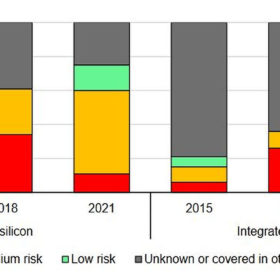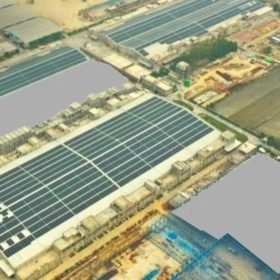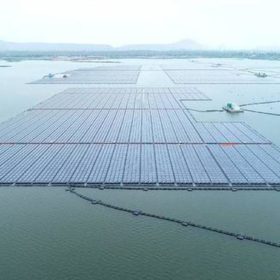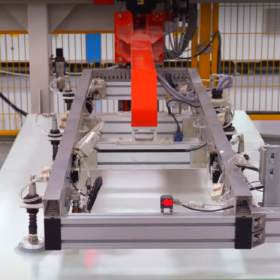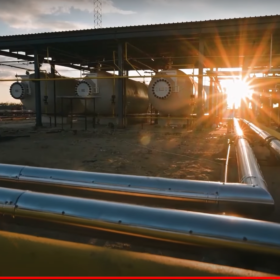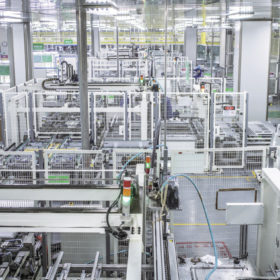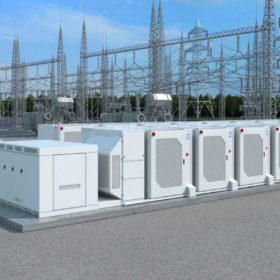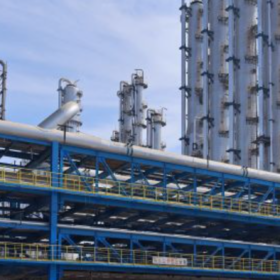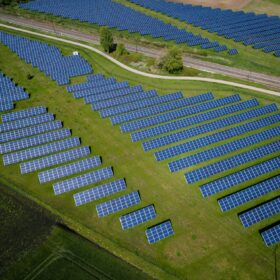One-third of global PV manufacturing capacity is at medium or high risk of bankruptcy, IEA says
A new report from the International Energy Agency stresses the importance of geographically diversifying the global PV supply chain. This would prevent supply chain vulnerability to bankruptcies and underinvestment.
Roofsol commissions 10.2 MWp single-site rooftop solar plant
The Mumbai-based EPC solutions provider has executed a 10.2 MWp rooftop solar plant for Sportking India. The installation uses 18,500 high-efficiency 550 Wp mono PERC solar modules from Trina Solar.
Saatvik supplies modules for NTPC’s Ramagundam floating solar project
Saatvik has supplied 62 MW of solar modules to NTPC’s 100 MW (AC) Ramagundam floating solar project.
Jakson enters utility-scale battery storage, green hydrogen markets
Noida-headquartered Jakson has roped in Sterling & Wilson Solar’s former global CEO, Bikesh Ogra, to lead a new venture that will focus on green hydrogen, utility-scale battery storage, and solar.
Agrivoltaics adding value to crops with low agricultural yield
A group of 35 French agricultural entrepreneurs decided to change their agricultural practices to adapt to the low quality of their groundwater and chose agrivoltaics as a way to compensate for crop yield losses.
Bihar makes preferential procurement pitch to lithium battery, solar manufacturers
The state of Bihar has started accepting bids from lithium battery and solar module manufacturers to set up factories under its preferential procurement incentive scheme. To be eligible, the bidders must meet the minimum qualifying criteria and be willing to set up at least 25 MW of solar module production capacity and 50,000 of lithium battery output per year.
Acme to build 1.5 GW green hydrogen project in Tamil Nadu
Indian developer Acme will set up a green hydrogen and ammonia project in Tamil Nadu with 1.5 GW of electrolysis capacity and 1.1 million tons of ammonia synthesis, powered by a 5 GW solar plant.
JinkoSolar hits 8 GW of solar module shipments to India
JinkoSolar claims that it has shipped 8 GW of solar modules to India, following record-breaking performance in recent quarters.
India’s first grid-scale storage tenders to spur investment, domestic manufacturing
If Solar Energy Corp. and NTPC can successfully execute tenders for standalone energy storage systems, it could drive investment, support domestic manufacturing, and facilitate the development of new business models, according to a newly released report.
Ivan Saha rejoins Vikram Solar as CEO
Ivan Saha is back at Vikram Solar, where he worked between 2013-20 as the president and chief technical officer.
